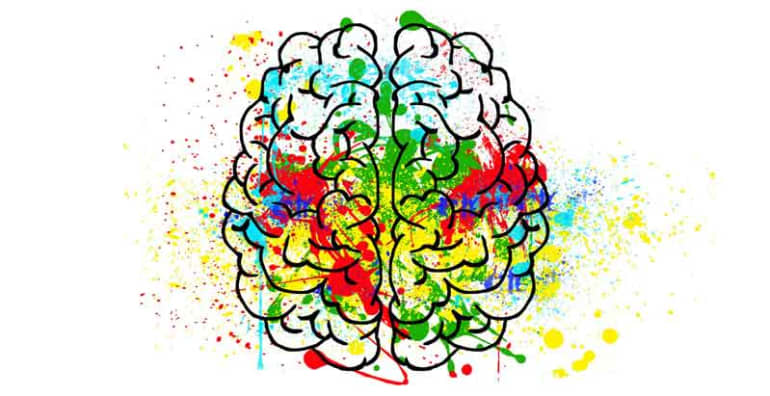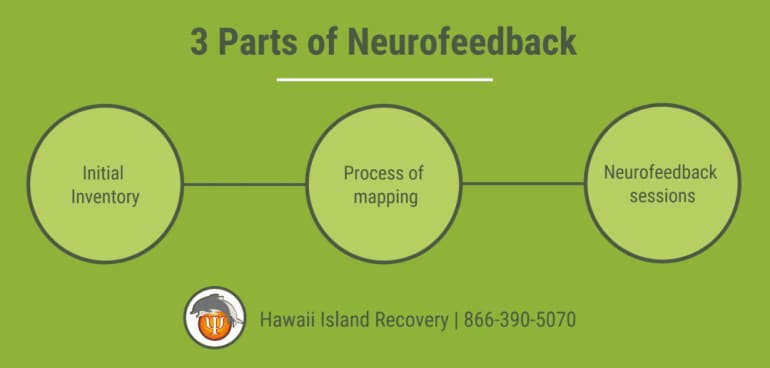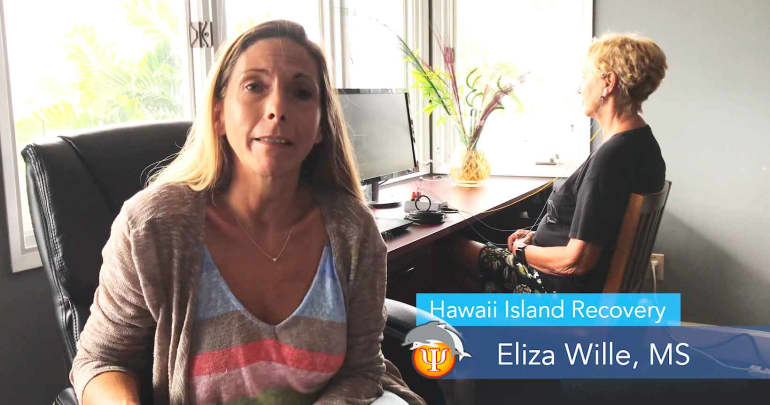As new forms of therapy make their way into the addiction treatment spectrum, questions about neurofeedback and other methods are common. Neurofeedback is one of the latest ways clinicians aim to fight back against the progressive disease of addiction ravaging the United States.
Drug overdoses claimed the lives of more than 72,000 Americans in 2017 alone. The fatal end addiction becomes a more serious problem every year. Thankfully, thousands of doctors, researchers psychiatrists, psychologists, and addiction counselors work together tirelessly to fight back against it.

If you’re researching addiction treatment facilities to help you get clean and sober, you might have seen the term neurofeedback. It’s not as common as treatment methods such as cognitive behavioral therapy or dialectical behavior therapy. Not as many people know exactly what it is. We created a list of the top 7 most asked questions about neurofeedback to help you learn!
Video: 7 Most Frequently Asked Questions About Neurofeedback
The Most Asked Questions About Neurofeedback
1. What is neurofeedback and how does it work?
This is the most commonly asked of all questions about neurofeedback. Neurofeedback is a treatment method that is lies under the more broad umbrella of biofeedback. Biofeedback is a practice where clinicians gather information about your body functions, such as your heart rate, breathing, or temperature. They analyze the data they collect with you and use it to help you alter patterns in order to treat conditions.
Neurofeedback refers specifically to the practice of collecting data about your brainwaves. Clinicians use tools to project a client’s brainwave activity onto a screen for them to see. It provides an element of self-awareness about what’s taking place in their brain. This awareness helps change thought patterns over time.

2. What does a typical neurofeedback session look like?
The typical approach to neurofeedback takes place in three parts. The first part is an initial inventory that occurs before ever hooking someone up to a machine. Since every person is different, specific approaches to neurofeedback treatment work best when individualized. This inventory helps determine the problem behaviors to focus on.
Next up is the process of mapping the client where general a clinician collects their general brainwave activity. This gives a baseline reading for you to start working from. You have an idea of what your brain activity tends to look like, whether over-aroused or under aroused.
Then the third part of neurofeedback treatment are the actual sessions themselves.
Neurofeedback does not necessarily affect your personality. This is another one of the most commonly asked questions about neurofeedback. Your personality is not exactly understood to the extent where you can effect complete changes to it.
Instead, the treatment focuses on specific habits or behaviors like mood or heightened arousal (such as being overly tense or anxious). You can use neurofeedback to directly work on these problematic responses to life. As a result, you experience a greater sense of overall well-being, calmness, focus. Some experience heightened energy levels as well.

The typical approach to neurofeedback takes place in three parts.
4. Are neurofeedback session results long lasting?
The results of treatment tend to be long lasting assuming you complete your full course of treatment. It’s important to know the effectiveness of treatment when asking questions about neurofeedback, especially when treating addiction. Newer research shows that brain plasticity lasts longer than doctors initially thought it did.
This means you can still create new brain pathways into your adult years. You can work on and change habits and behaviors you’ve had for years. Your brain tends to favor familiarity and routine but neurofeedback encourages these positive changes. It’s used as a training tool to help your brain recover from the years of trauma it experienced during your addiction.

5. Are there any side effects reported for neurofeedback?
There are some short-term side effects that take place as a result of neurofeedback treatment. Some of these reported side effects include drowsiness or tiredness for some while others experience greater amounts of energy. A few experience a mild headache after a treatment session.
The clinician treating you pays close attention to your response to treatment and adjusts their approach when necessary. This might mean shorter sessions in the beginning as you get used to neurofeedback treatment. Ultimately, the adverse short-term side effects tend to decrease and completely disappear with time.
6. How can neurofeedback help to overcome addiction?
This might be one of your biggest questions about neurofeedback if you hope to attend addiction treatment.
People who are vulnerable to addiction have brains that are stuck in states of either under-arousal or over-arousal. These unhelpful states of too much or too little stimulation lead them to act out in various ways, including substance abuse. Neurofeedback encourages you to create new pathways in your brain that jar you from these extremes.
Your new outlook on life tends to reduce your risk of relapse. Clinicians aim to return your brain to a relatively balanced state that helps keep you from resorting to old habits. This balanced but flexible state allows you to approach life in a more relaxed and calm manner.

Hawaii Island Recovery offers 3 powerful evidence-based treatment therapies as part of the well-rounded approach to your treatment.
More info7. How many sessions are needed?
If you attend treatment at Hawaii Island Recovery, you attend neurofeedback treatment sessions 2 to 3 times per week during your stay. Data shows that you need about 60 sessions before you begin to see a lasting change which you can easily reach while in treatment at the facility.
Neurofeedback operates on the understanding that repetition is key. Attending regular treatment sessions helps you reinforce these new pathways into your brain so you can rely on them on a long-term basis. Think about it as a “fitness program” for your brain, using neurofeedback as the training regiment.
If you need any more answers to your questions about neurofeedback treatment, call us today at 877-721-3556 to speak with someone who can help!
 Hawaii Island Recovery
Hawaii Island Recovery 










